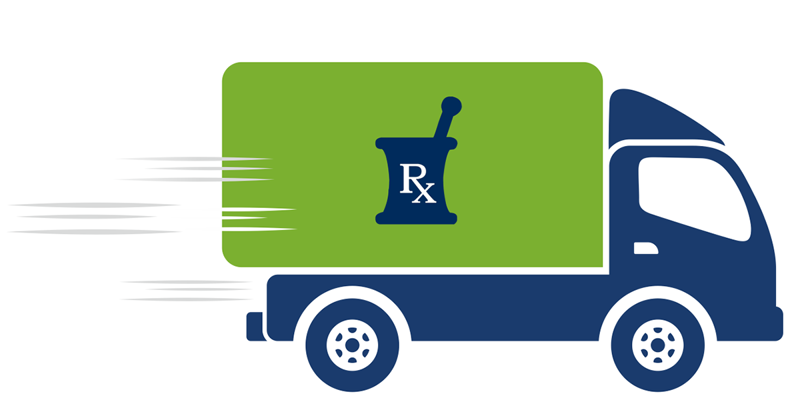Today, the parcel TMS industry tends to focus on automating eCommerce logistics processes, because that’s where the growth is. But increasingly, the healthcare industry is going through its own logistics transformation, with more frequent and smaller shipments going to and from consumers, including patients and doctors. To automate these processes, parcel TMS vendors are automating shipping processes in the warehouse, while also facilitating alternative delivery options.
Rate/Service Shopping: In the same way that Amazon is impacting eCommerce merchant margins with free (Prime) shipping services, insurance companies are constantly squeezing healthcare business margins. Reducing transportation costs, especially for last-mile delivery to residences, is now a critical issue in both industries. Determining the best way to ship an item, taking into account cost and delivery service levels, has to be automated because with the expansion of new carrier services, this process is too complex to do manually. “Guesstimating” and rules of thumb are too expensive. It takes technology to calculate and compare all the possible cost and service options available for any given shipment.
Warehouse Automation: Many shippers within the healthcare industry use a wide range of carriers to accommodate both B2B and B2C logistics requirements. Parcel TMS systems provide a means for automating both parcel and LTL shipment processing, including containerization (figuring out cost-effective ways to pack or build pallets), rating, labeling, tracking, and billing confirmation.
Alternative Delivery Options: In the healthcare industry, a poor delivery experience can have disastrous consequences for obvious reasons. While transportation costs are important, ensuring that healthcare products get to the right place at the right time is mission critical. Parcel TMS solutions help facilitate delivery choices that were unheard of 5 years ago. For example, FedEx’s new Hold at Location (HAL) service allows healthcare providers to ship items directly to FedEx Stores, workplaces, and other 3rd party locations for pickup by customers who do not want their healthcare items delivered to their residences. This is especially important for those living in urban areas. Senderra RX is a pharmaceutical company that uses Transtream parcel TMS to automate FedEx HAL shipping processes and has significantly improved their customers’ experience. Click here to learn how Senderra has leveraged technology to improve its shipping operation.
Supplier Shipping: In the eCommerce industry, shipping directly from suppliers is a new normal that parcel TMS systems accommodate. In the healthcare industry, shipping samples and cases directly from a healthcare provider (hospital, doctor’s office or pharmacy) to a lab is a process that needs to be executed with even more care and ease. Healthcare providers are not “shippers”, so you have to make shipping and pickup requests as simple as possible. Transtream return widgets make this easy by enabling labs to embed shipping, pickup requests, and tracking capabilities right within their websites. Not only does this make shipping more convenient for their extended enterprise, but the widgets create upselling opportunities and drives SEO. Click here to learn more about how a dental lab used return widgets to make it easy for dental offices to ship samples to them.
Analytics: Of course, the backbone of any parcel TMS system is the ability to manage costs and carrier performance all in one place. Yes, you can use multiple carrier-provided systems, but they don’t tell you the whole picture. At a glance, an analytics dashboard can tell you what is going on and predict ways to improve cost and performance.
Parcel TMS technology can be transformative to any shipper’s operation but with healthcare costs on the rise and delivery expectations at an all-time high, it is more important than ever.
